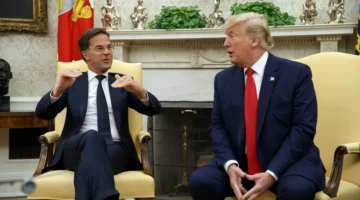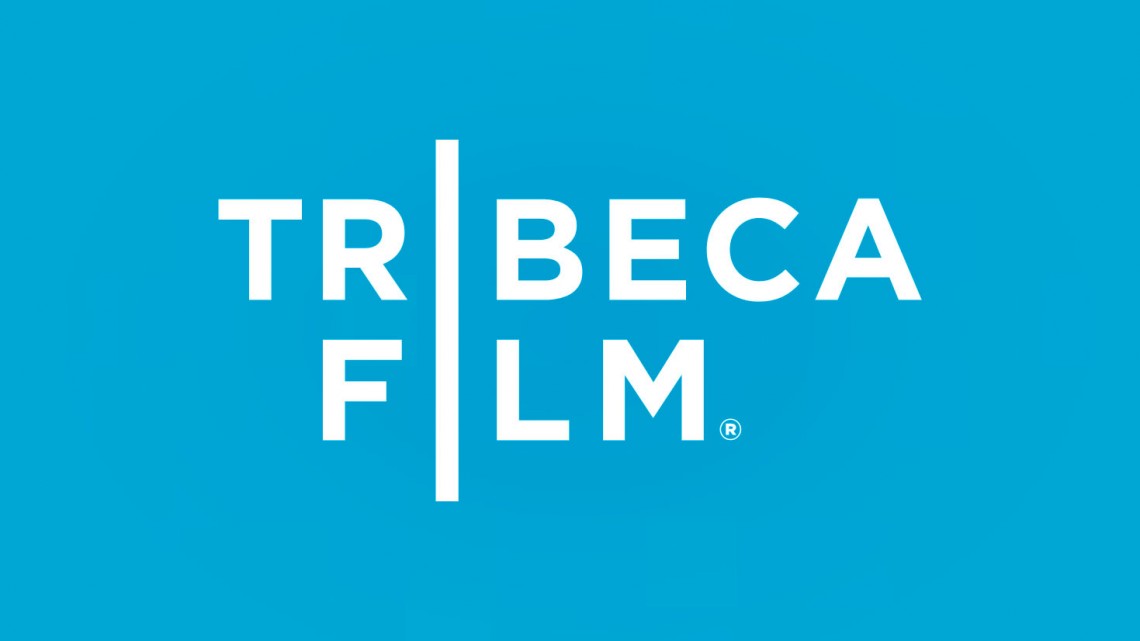At Tribeca, virtual reality takes early steps toward art
JAKE COYLE, AP Film Writer
NEW YORK (AP) — Walking through most doors at the Tribeca Film Festival means taking a seat in a theater full of chattering moviegoers. But there are also darkened, cloth-wrapped chambers — like old carnival booths promising never-before-seen wonders — that offer nothing but a headset, headphones and perhaps some advice, like: “Watch for the dragon.”
Virtual reality has steadily become more of a presence at film festivals, particularly at Tribeca. And the buzz at this year’s Tribeca’s “virtual arcade” was one of the festival’s most vibrant hubs of frenzy, albeit one filled largely with neck-craning people in goggles going “Whoa.”
Tribeca’s VR arcade — an indoor bazaar of film-like tales, journalistic explorations and splendorous dream worlds ripe for immersion — captures a burgeoning medium learning to walk. Most of the creators acknowledge these are just the first — sometimes crude, sometimes dazzling — steps toward art. But the belief is strong that these are the early gestures of a new immersive and interactive art form with eons of evolution to come.
“We’re trying to build the airplane while we’re in flight,” says Eugene Chung, chief executive of Penrose Studios, a VR content maker Chung founded after working at Oculus Rift and Pixar Animation.
Penrose’s “Allumette” is one of the standouts at the festival. Set in a Venice-like city in the clouds, the 20-minute narrative is about a young girl and the magical matchsticks handed down to her by her mother. The viewer can walk around the city or dive inside a docked ship, but the power of “Allumette” is as much in its story as its novel technology.
“For us, it’s all about what is the authentic story that we want to tell,” says Chung. “For me, especially with ‘Allumette,’ it was about thinking about the sacrifices that my own parents, especially my mom, made while we were growing up, working so hard to provide for us the kind of life she never had.”
Many of the installations play like virtual reality demos providing the chance to dive among the reef off Italy or sit front row at a Grateful Dead concert. But the most interesting ones are predicated on applying traditional storytelling to the tools of virtual reality.
“Invasion!” is the creation of Eric Darnell and Maureen Fan of Baobab Studios. Darnell, a veteran feature film director (the “Madagascar” movies, “Antz”) was watching “War of the Worlds” when he hit upon the idea of bumbling aliens coming down to earth while a curious white bunny looks on.
“They’re kind of buffoons. They didn’t think of, like, microbes? They should know that right?” says Darnell of the “War of the Worlds” invaders. “I thought: What if you took that to the nth degree? Not only did they not think about microbes, they also didn’t think of little white bunnies.”
“Invasion!” could probably work as an animated short, but the viewer has more intimacy with the film’s furry protagonist. The bunny looks the viewer straight in the eye, and when the aliens deplane, you can’t help but feel protective of the little one standing next to you. Besides, when you look down, you realize that you have bunny feet, too.
“There’s a lot to learn and there’s a long way to go,” Darnell says of VR. “But the holy grail for me to find that kind of emotional experience that we’re all used to getting from more traditional storytelling.”
Darnell, accustom to the roar of packed movie theaters, acknowledges missing the communal aspect of film. But he became a quick convert to virtual reality.
“It was putting the headset on for the first time. It’s one of those things that’s hard to talk about to somebody who hasn’t worn a headset,” says Darnell. “I wanted to see what we could do with storytelling, and the kind of storytelling I’ve been doing for the last 15, 20 years.”
The questions, though, are endless about the unique grammar of virtual reality — some kind of combination of film and video games. How much should the viewer be a part of a story? How can you lay out a narrative while still giving the viewer freedom to explore? What should these creations be called, anyway?
Chung feels an affinity with the first creators-technicians of cinema, like the Lumiere brothers and Georges Melies: hybrid inventors and storytellers.
“We’re trying to create this from scratch in many ways,” says Chung. “We’re trying to define this new language in the same way the early film pioneers basically needed to invent new things.”
“We have all this expertise, but we’re not the boss here,” he adds. “It’s virtual reality that’s the boss. Every day she tells you what works and what doesn’t.”
[livemarket market_name="KONK Life LiveMarket" limit=3 category=“” show_signup=0 show_more=0]










No Comment